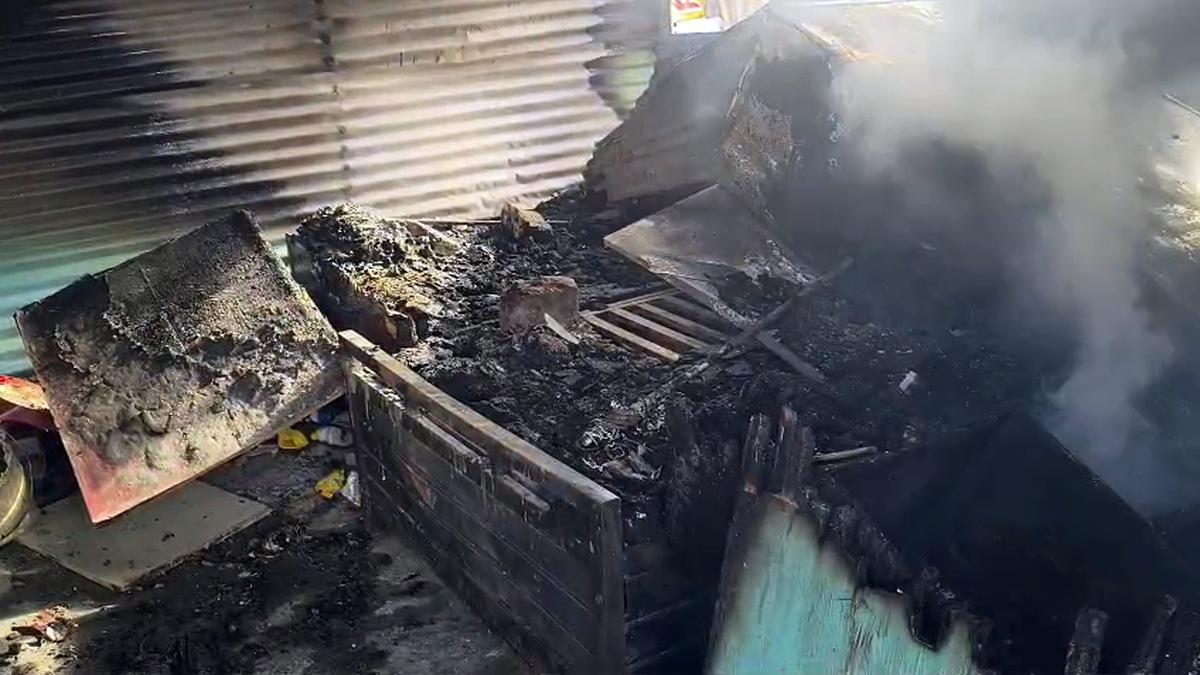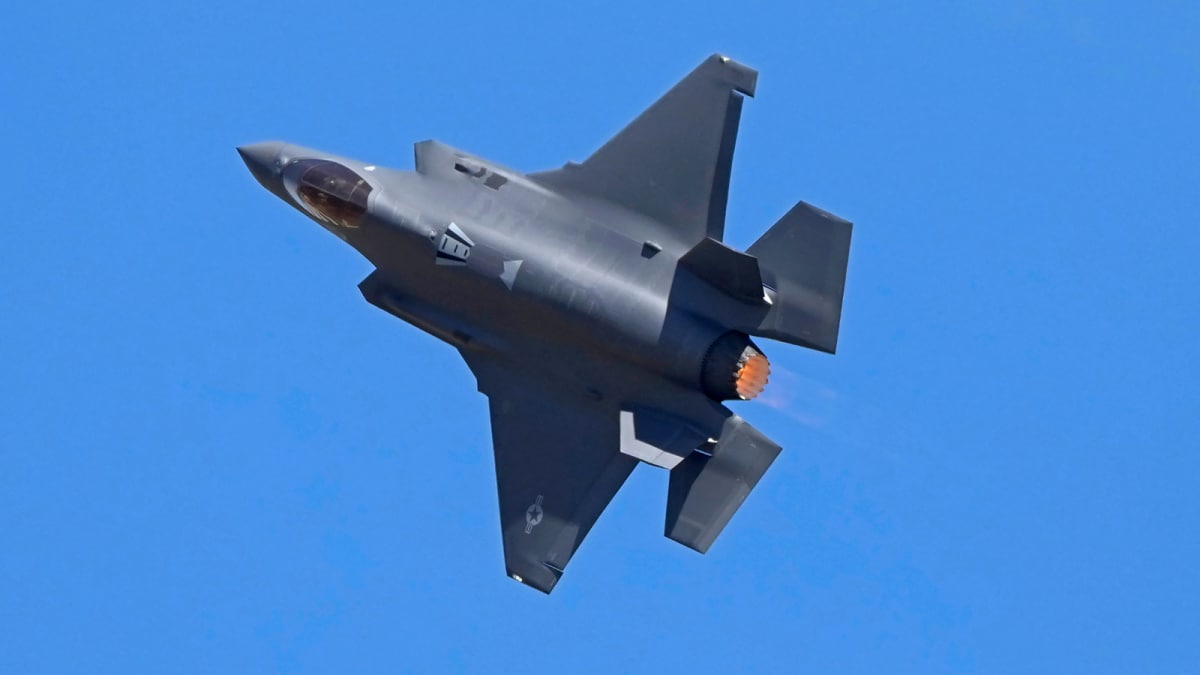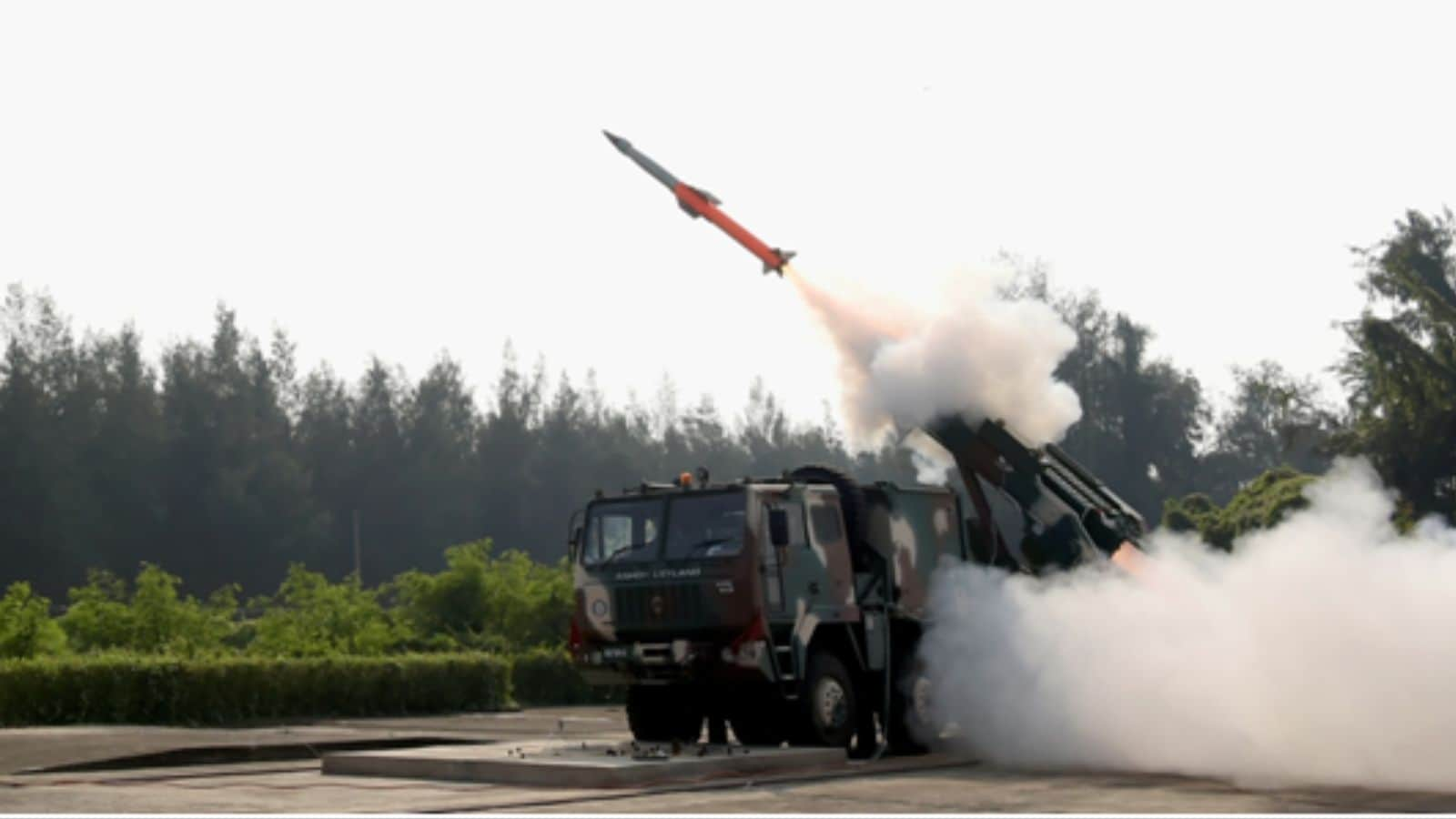In 2020, S. Velu stood with other artistes to shoot a sequence for ace director Maniratnam’s magnum opus Ponniyin Selvan. Along with troupe members, he cradled the kombu lovingly, waiting for the cue to blow it. On the word ‘action’, Velu lifted it to his mouth and blew. “There is no need to blow it,” said an extra on the set. Velu and his friends stood numb. “The sound will be replicated later with a synthesiser,” he added.
Velu, a Kalaimamani Awardee, approached Maniratnam. “Sir, this is an instrument that has been played by generations in my family. It would be disrespectful if I kept it in my mouth and acted as if I were blowing it,” he said. “Maniratnam understood my feelings and let me play it,” Velu recalls. “I am sure in the movie, the synthesiser had the honour of playing this instrument that heralded royalty,” he adds ruefully.
Haunting sound
Ages ago, this wind instrument may have been ubiquitous on the battlefields of the Tamil land. The instrument’s haunting sound, almost like the trumpeting of an elephant, would have announced the arrival of the king on the battlefield. Above the clashing of spears and neighing of horses, the kombu’s unique sound would have travelled far and clear.
This sound would have given weary soldiers a renewed vigour to fight, knowing that the chief commandant, the king, too had entered the fray. Once the battle was done, the kombu would have heralded the victory march. Later, when the presiding deity of the city was taken out in a procession, again it was the kombu that announced to the citizens the arrival of the gods from the temple precincts. It was a call that brought divinity into the realm of mortal beings.
The kombu, in its raw form during the prehistoric time, may have been hollowed out from the horns of cows and buffaloes. It may have been the first plaything a prehistoric child would have used as a blow pipe. Almost all early civilizations had variations of animal-horn trumpets. Though rock arts depict women dancing, according to archaeologists there is no sufficient evidence to showcase the depiction of kombu in these early paintings.
A. Krishnakumar, who is interested in the study of ancient instruments, says the earliest written documentation of this instrument can be found in Thirumurai songs, composed in praise of Lord Shiva, during the period from the 6th Century to the 11th Century. One of the verses that mentions this instrument is found in Thirumurai (12.0654), he adds. Silappathikaram, written around the 6th Century, also has a mention of the kombu. The 12th canto in Madurai Kandam of Silappathikaram, also known as Vettuva Vatri, describes a dance being performed to the accompaniment of parai, kulal, and kombu.
Limited versatility
But now, the use of this instrument is fading. This may be due to the fact that the instrument can produce only three notes — ‘sa’, ‘pa’, and another ‘sa’ — on a slightly higher pitch. Thus, as an instrument, with a very limited versatility, it can be used only as an embellishment for drum beats in orchestras.
Earlier, the kombu was a single-piece instrument, but now it is made of two pieces and is being manufactured in brass or copper. It usually has a curved ‘C’ shape and very rarely is it made in ‘S’ shape. The metal and the curved shape of the instrument help in amplifying the sound waves. The resultant vibration creates a magnified sound. With one hand, the player holds the narrowest part to his mouth and with the other hand, he raises the part with the wider circumference in the air and then blows into the instrument. What the musician needs is significant lung power and lip control.
‘Too piercing’
Velu, who resides at Sembar, a village in Sivaganga district, is unable to practise at home. “The sound is too piercing for many,” he says. Along with his relatives Pakiyam, a Kalai Mudu Mani Awardee, and Andi, he walks to a deserted place on the outskirts of the village. The renowned practitioners lift the instrument with reverence. Velu’s grandson Vasantha Mugilan,10, who plays it during his holidays, lifts the 5-kg instrument with nonchalance. However, once he blows into it, the boy goes into a trance as he takes forward the tradition of his people. And in the simmering silence of the afternoon sun, the haunting sound shatters the quiet. It rumbles and reverberates; the echoes slowly fade into the horizon marked by palm trees.
“All that we want is that the government should give renewed life to this art form by encouraging youngsters to take it up,” says Pakiyam. Andi says they visit government schools and perform there, hoping that some students would be interested in taking it up. The kombu is mostly seen as a masculine instrument, being played by male performers. Yet, Andi says many girl students evince interest in playing it.
Though they are accredited to the Tamil Nadu Folk Artistes Welfare Board, these musicians hope for more financial aid. “Only a few are able to get a monthly pension. We have given petitions to the Collector and we hope for more monetary assistance,” Velu says.
Till then, many do other jobs, while some, like Velu, wait for the call from the organisers of temple festivals, in which the kombu is the prelude to the act of devotion.



.png)
.png)
.png)
















 18 hours ago
3
18 hours ago
3







 English (US) ·
English (US) ·